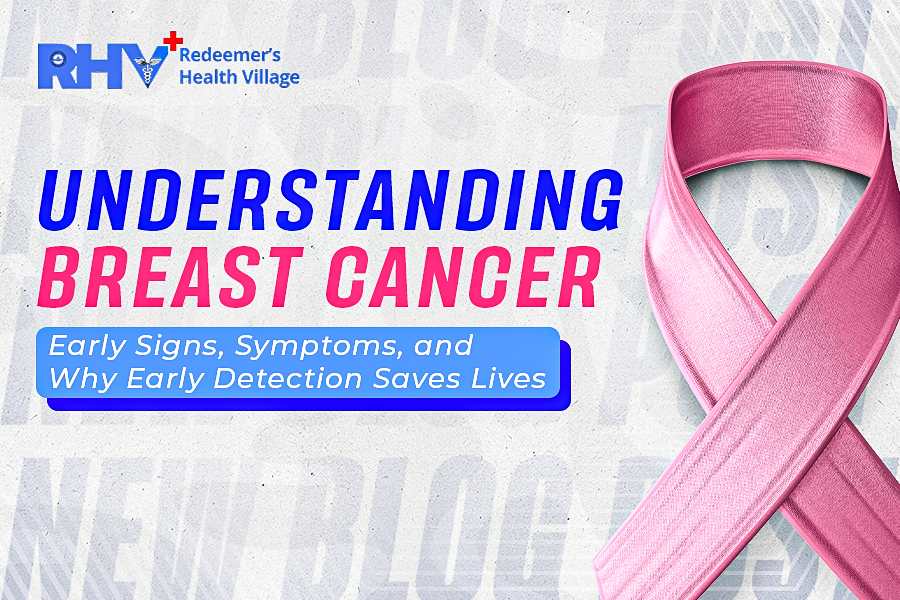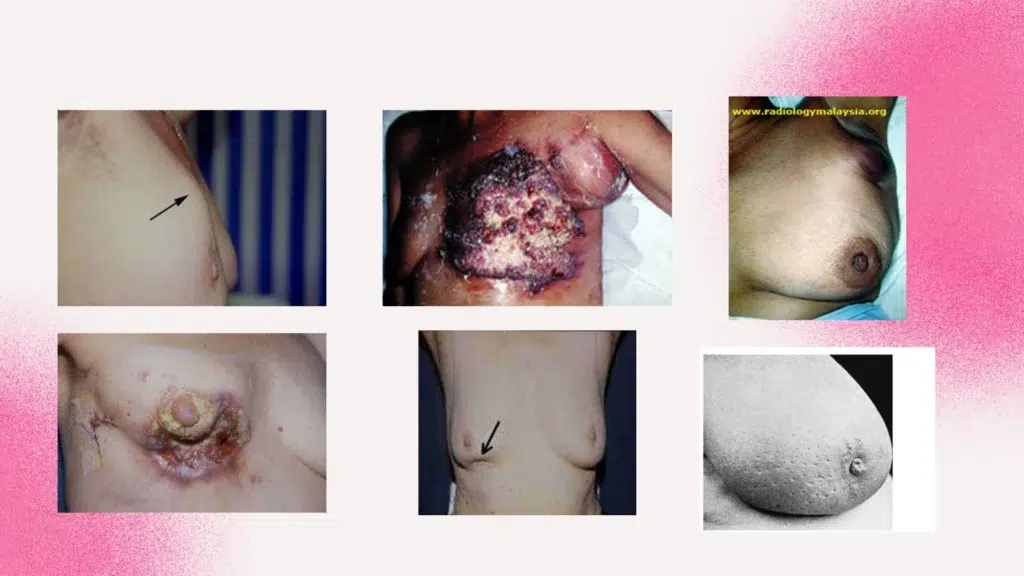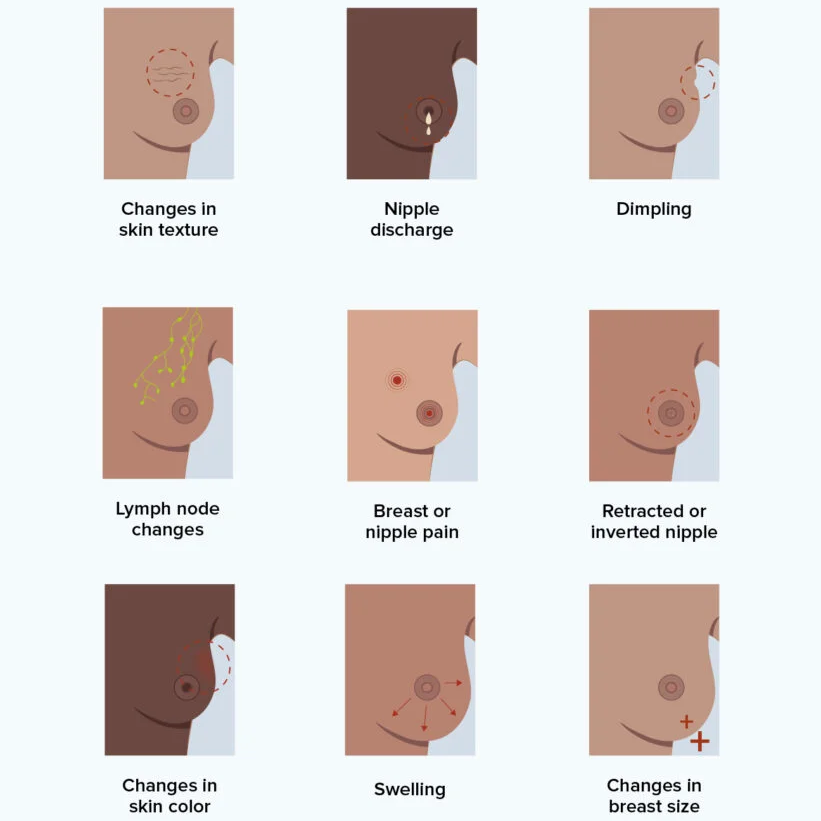
Breast cancer remains one of the most significant health challenges for women worldwide. While many risk factors are beyond our control, the timely recognition of early signs and symptoms, coupled with prompt access to specialist care, offers the most powerful opportunity to improve outcomes.
At RHV, patient-centered care is paramount and our philosophy is “Patient is King.” That’s why raising awareness about early detection is a key pillar of our campaign.
Understanding Breast Cancer
Breast cancer occurs when cells in the breast begin to grow uncontrollably, forming a lump or mass. If not treated early, these cells can spread to other parts of the body.
Many changes in breast tissue are harmless, but getting checked quickly is the most important action you can take.

Why early detection matters
When breast cancer is detected at an early stage (before it has spread), treatment options are more effective, less invasive and the prognosis is substantially improved. For example, small tumours discovered via screening can often be treated with more conservative surgery and have higher survival rates.
In contrast, when detection is delayed, the disease may require more aggressive interventions, exhibit greater risk of spread, and impose more on the physical, emotional and financial well-being of the patient and her family.
Recognising the early signs and symptoms
It’s important to know that having one or more of the following signs does not automatically mean breast cancer, many benign conditions mimic these changes. Nevertheless, any new or unusual change warrants professional assessment.

Common Warning Signs to Look Out For:
- A new lump or mass in the breast or under the arm (axilla). It is often painless, but not always.
- Thickening or swelling of part of the breast, even if no distinct lump is felt.
- Change in the size or shape of the breast, or a change in symmetry.
- Skin irritation or dimpling—sometimes described as an “orange-peel” texture (peau d’orange).
- Nipple changes such as inversion (turning inwards), flattening, or pronounced retraction.
- Nipple or breast skin that is red, dry, scaly, or thickened.
- Nipple discharge (other than breast milk), especially if it is bloody.
- Swollen lymph nodes under the arm or near the collarbone (even if there is no noticeable breast lump).
Methods for Early Detection
Early detection relies on a combination of personal awareness and screening tools:
MRI and Ultrasound: These are often used as supplementary screening tools, particularly for women with a very high risk or dense breast tissue.
Breast Awareness: Get familiar with how your breasts normally look and feel (your baseline). This helps you easily spot any new or unusual changes.
Clinical Breast Exam (CBE): An examination performed by a doctor or nurse during a routine check-up.
Mammography: A low-dose X-ray of the breast, which is the most common and effective screening tool. It can detect tumors and small changes years before they can be felt. Annual or biennial screening is generally recommended for women starting at age 40 or 50, depending on risk factors and local guidelines.
What to do if you notice a change
- Don’t delay: If you detect any of the changes above, schedule an appointment with a qualified clinician at RHV or your trusted healthcare provider. Early assessment is key.
- Maintain your screening schedule: Even if you feel fine, screening (such as a mammogram) may pick up changes before they are detectable by feel.
- Know your baseline: Be aware of how your breasts normally look and feel, this helps in recognising when something is unusual.
- Share your history: Be prepared to tell your clinician about your personal history, family history of breast or ovarian cancer, and any prior breast conditions.
- Ask questions: At RHV we encourage patients to ask about how screening is handled, what follow-up steps would be, and the likely pathway in case of a positive finding.
Breast cancer is a treatable disease, and advances in medicine continue to improve outcomes. The most powerful tool in the fight against it remains early detection. By practicing breast awareness and adhering to recommended screening schedules, you maximize the chance of finding cancer at its most treatable stage, which is truly what saves lives.
RHV Is Here for You
At Redeemer Health Village, we provide:
✔ Expert breast cancer screening and clinical exams
✔ Access to experienced specialists
✔ Compassionate, patient-centred care
✔ Support throughout diagnosis and treatment
📞 To book a breast screening or consultation at RHV, please contact us today.
Call – 07048006499
Email – contactus@myrhv.com
Visit – 1, RHV Road, by Tree of Life gate, Redemption City of God, Mowe, Ogun State.